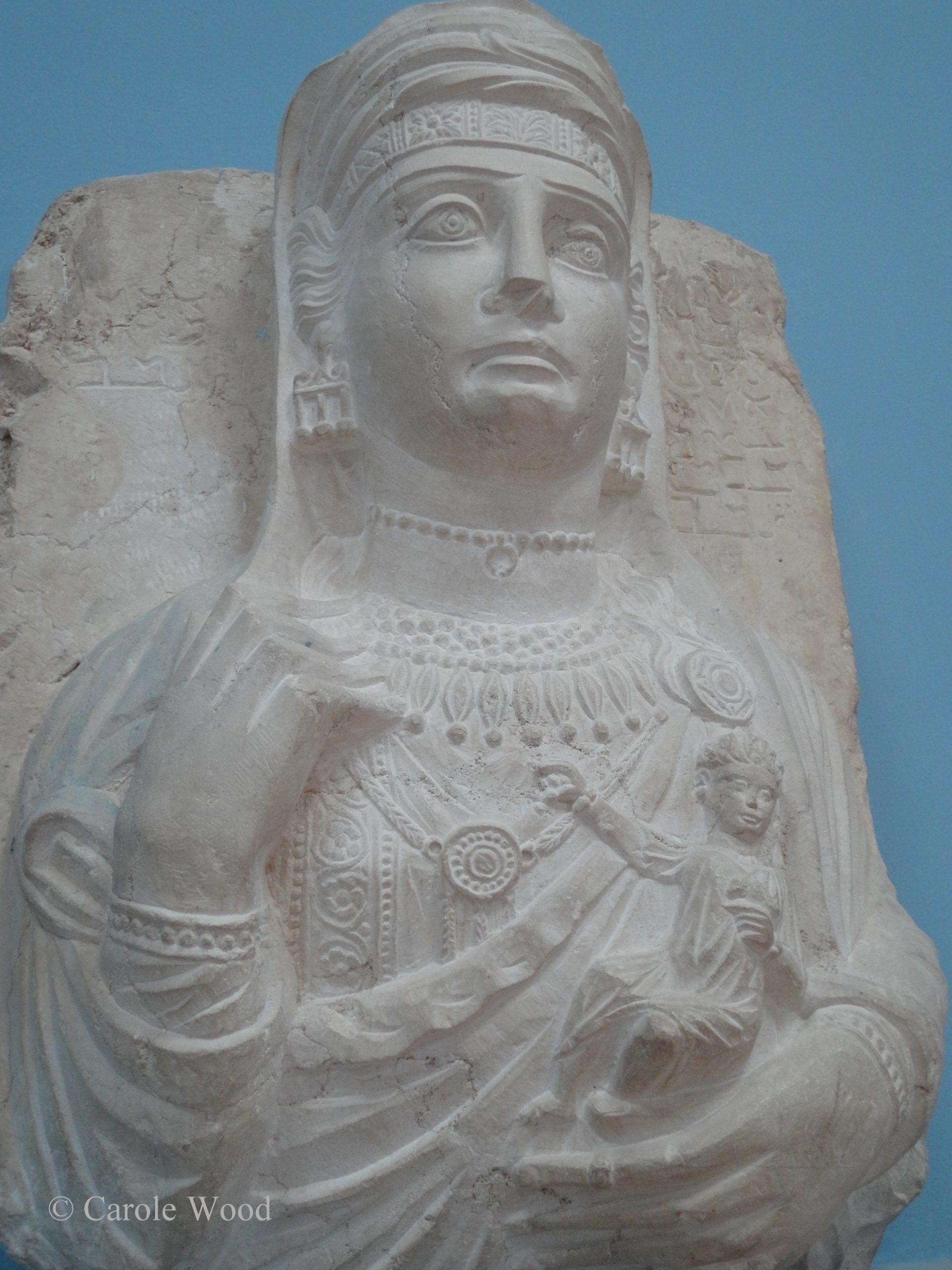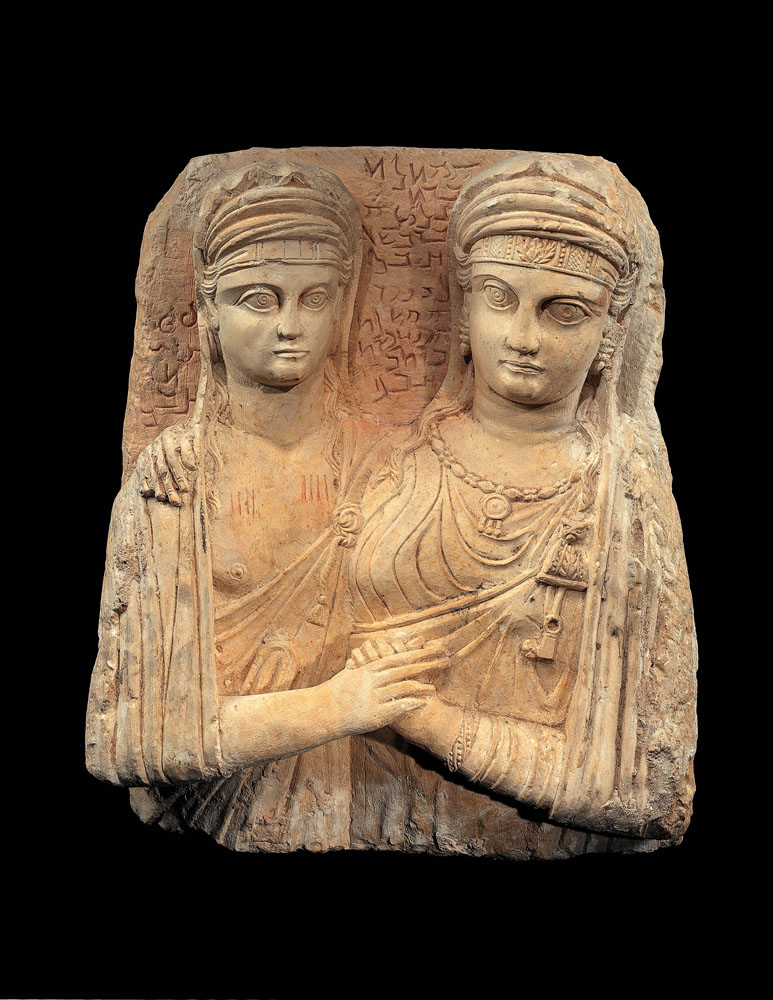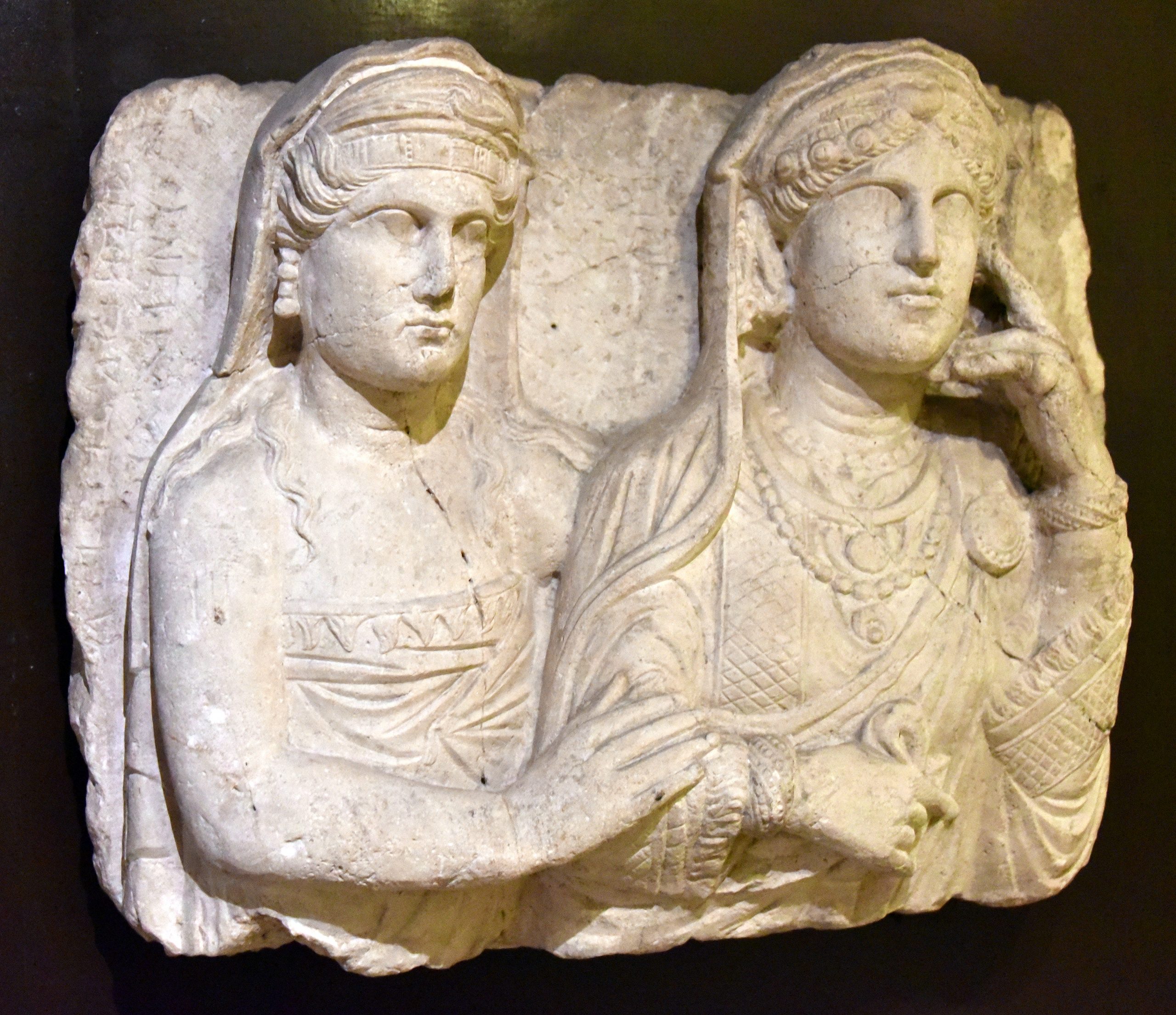Portrait head from Palmyra, now in the Civic Archaeological Museum of Milan (inv. A 2000.04.6)
second half of 2nd century – early 3rd century
Description from a publication “VOLTI DI PALMIRA AD AQUILEIA. PORTRAITS OF PALMYRA IN AQUILEIA” 2017; ISBN 978-88-492-3481-7 https://www.giornalediplomatico.it/file/voltidipalmiraadaquileia_catalogo.pdf
“The head probably belonged to a high-relief bust decorating the slab of a burial compartment, as a crack at the back seems to indicate. The artefact is broken at the base of the neck, where two shallow grooves can be seen.
The portrait features a diadem, divided into strips with a central floral pattern between panels with a mesh design, divided in turn by a vertical strip with small balls reproducing metallic prototypes. above the diadem, a turban is criss-crossed at the centre of the forehead, where a veil is delicately gathered.
A chain, composed of cabochons linked together by a longitudinal element with two small beads at its sides and featuring a lozenge decoration with a pendant on the right temple, held in place by the turban, falls from the centre of the forehead over curly hair. under the diadem, the hair is pulled back to cover the temples and to be concealed by the veil.
The woman wears a pair of earrings shaped like tiny rods with pearls at their ends, a type often reproduced in Palmyrene reliefs in association with a chain, which helps date this head back to the second half of the 2nd century or early 3rd century AD.
The crack does not allow to say whether the woman grasped a fold of the veil with her hand.
In spite of the defective state of conservation and of the alterations owed to subsequent integrations, some stylistic elements may provide useful information to contextualize this head within the Palmyrene funerary production.
The crescent-shaped lower eyelid and the realistic proportions of the eyes and irises, whose pupils are reproduced with an engraved circle, can be compared to some reliefs published in the volume about Palmyrene funerary sculpture and held in the museum of Palmyra, as well as to a relief in the louvre’s collection, featuring a diadem, chain and earrings of the same type and dating from the second half of the 2nd century ad.
This artefact, which joined the archaeological Museum of Milan with Lamberto Vitali’s collection, had no records about its acquisition or transfer of ownership. Its forthcoming inclusion in the corpus of Palmyra Portrait Project led by R. Raja and a. Kropp will certainly help understand better this head in the context of Palmyrene artistic production.
Bibliografia/Bibliography: A. Sadurska, A. Bounni, Les sculptures funéraires de Palmyre, Roma 1994, cat 128, fig. 185 (per un confronto per la resa degli occhi); J. Dentzer Feydy, J.Teixidor, Les antiquités de Palmyre au Musée du Louvre, Paris 1993, p. 73 (per il tipo di diadema), p. 171, n. 174 (per un confronto per la resa degli occhi); B. MuSche, Vorderasitischer Schmuck zur Zeit der Arsakiden und der Sasaniden, Leiden 1988, pl. ii, 1.8.1 (per il tipo di diadema); l. Palmieri, Il lusso privato in Oriente: analisi comparata dei gioielli delle signore di Palmira, in Incontri tra Culture nel Mondo Mediterraneo Antico, atti XVii congresso internazionale di archeologia classica, Roma 22-26 settembre 2008, Bollettino di archeologia online, i 2010, Volume speciale, G, G7, 5, pp. 34-44.
Anna Provenzali”

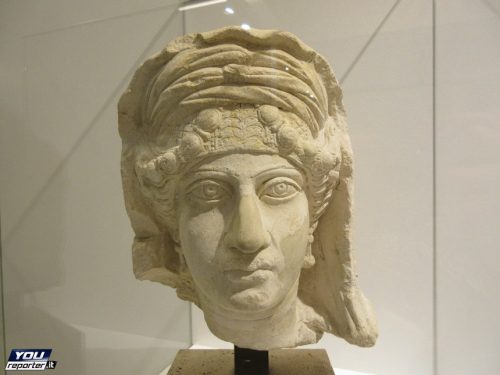
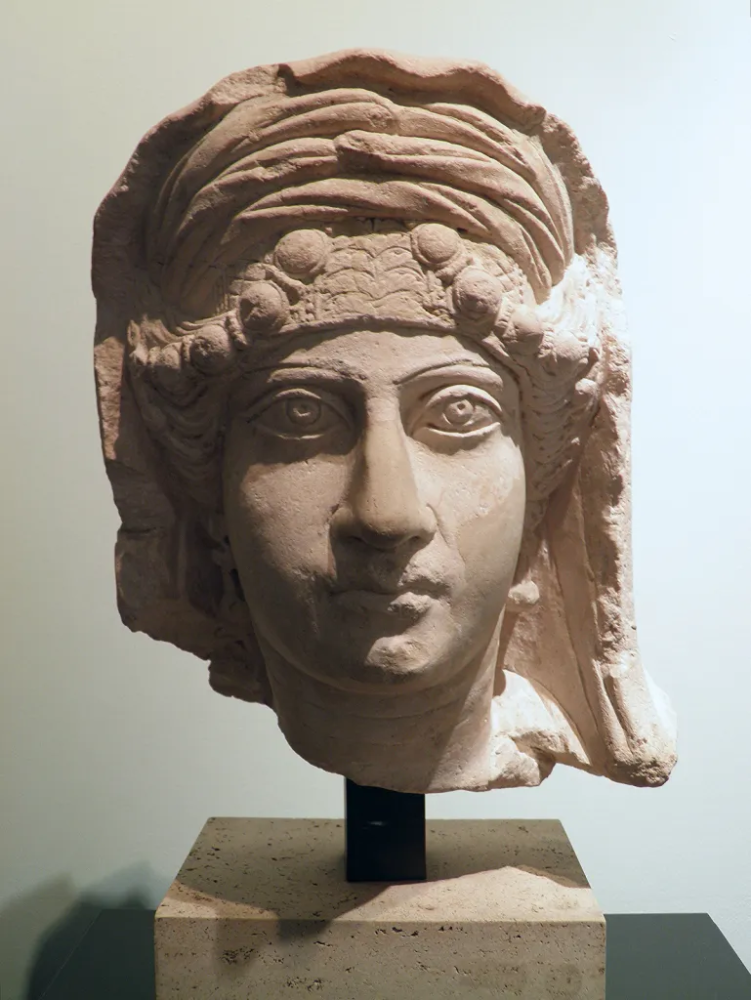



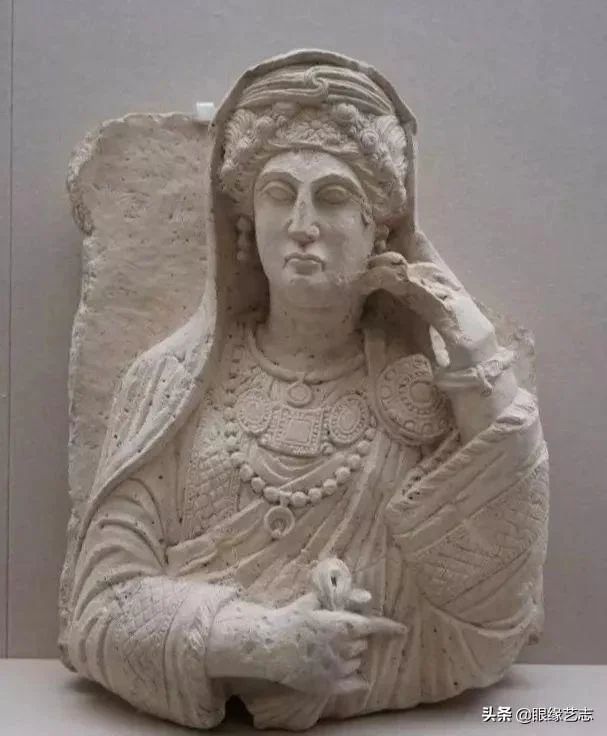
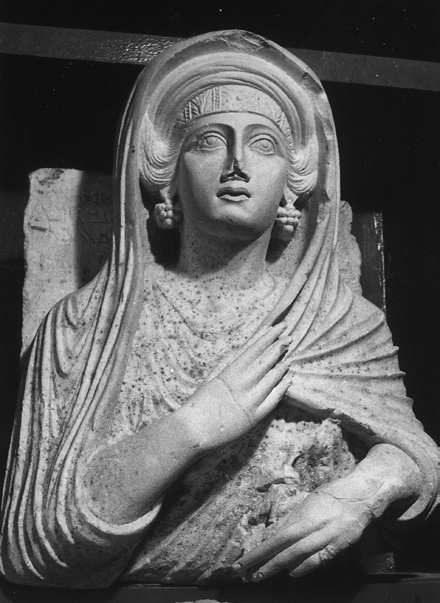
![Relief of a woman, Palmyra [Berkshire Museum]](https://colorsandstones.eu/wp-content/uploads/2022/05/AZTLAF434ZUSPG85-M-h1380-fedea.jpg)


